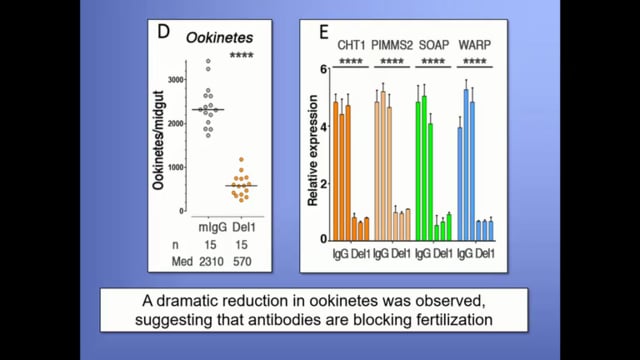Last Updated: 02/12/2024
Understanding RTS,S immunity to inform vaccine implementation and design an improved pre-erythrocyte stage vaccine to facilitate malaria elimination
Objectives
To characterize the quantity and quality of immune responses in a RTS,S vaccine trial by using novel laboratory techniques and advanced mathematical data analysis approaches.
With the increasing challenge of antimalarial drug resistance, developing an effective malaria vaccine has become crucial for elimination of malaria. The World Health Organization set a strategic goal of achieving malaria vaccines with at least 75% efficacy. However, RTS,S, the most advanced malaria vaccine, only provides low-to-moderate protective efficacy (18.3% – 36.3% depending on age and vaccine regimen). RTS,S is now entering large phase IV trials in several hundred thousand children in Africa. It is also being evaluated as an annual vaccine for the prevention of childhood malaria in areas with highly seasonal transmission, such as West Africa. A number of immune parameters have been investigated to gain insights into the mechanisms action of RTS,S, and potential approaches to improve this vaccine. However, none of the published mechanisms have been found to be associated with vaccine efficacy. Our recent studies have suggested that IgG-Fc-dependent functional immunity, including complement fixation, Fcγ-receptor (FcγR) crosslinking, antibody-mediated opsonic phagocytosis, and antibody dependent respiratory burst (ADRB), may be key mechanisms in RTS,S vaccine induced immunity. The protective efficacy of RTS,S is relative high initially (up to 60%) but wanes rapidly over time.
Therefore, accurate estimation of vaccine induced immunity kinetics, and identification of the key immune factors associated with the rapid decay of vaccine efficacy will be critical to improving the longevity of vaccine efficacy. By quantifying the antibody response using a within-host mechanistic mathematical model, we can capture important, unobservable immune dynamics, and evaluate key quantities. Mathematical modelling, statistical estimation, and optimisation tools can be combined to evaluate the optimal times to observe the antibody response over time, in order to learn the most about these dynamics. These experimental design tools applied to a model of the RTS,S vaccine induced antibody response, will guide the efficient design of future vaccine trials, and evaluation of ongoing trials.
Innovation and Outcomes in our project comes from associating recently identified immune mechanisms with protection in vaccine trials. To date, functional immunity to sporozoites is poorly understood, and there are no reports on functional immune correlates of protection in RTS,S vaccine trials. Upon the success of this project, we expect to be able to determine the key immune mechanisms that associate with protection for the first time. Furthermore, novel mathematical modelling approaches will enable a better understanding of interactions among different functional immune mechanisms and kinetics of vaccine induced functional immune responses. Together, our work will be used to inform the development of highly efficacious vaccines, to achieve the goal set by WHO.
Aug 2018 — Oct 2023
$15,000


